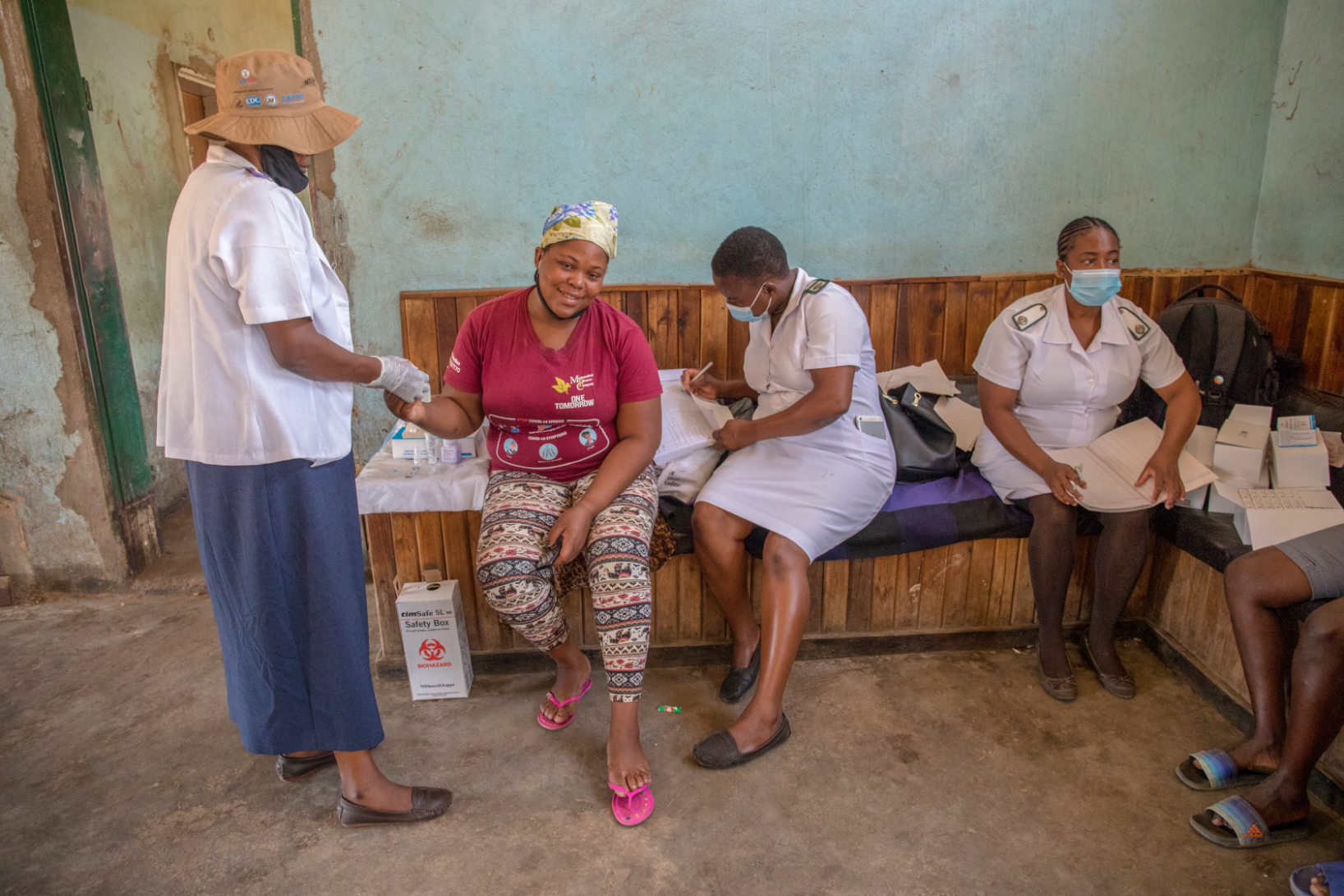About
As the Fast-Track era draws to a close, a global effort to plot the future course of the HIV response has developed a set of interim targets for 2025 that need to be achieved to reach the 2030 HIV targets within the Sustainable Development Goals.
A nearly three-year target-setting process involving a broad array of stakeholders conducted an extensive review of available evidence on the approaches that have effectively reduced HIV infections and AIDS-related morbidity and mortality, as well as the gaps and challenges that have resulted in the world falling short of its 2020 targets.
The 2025 targets place far greater emphasis on the removing societal and legal impediments to service delivery, and on linking or integrating the provision of HIV services with the other services needed by people living with HIV and communities at risk to stay healthy and build sustainable livelihoods. Achieving the targets for societal enablers and integrated service delivery are critical to achieving the high coverage called for within the six areas of HIV service targets. Each of the three target areas defines packages of targets for people living with HIV and communities at risk that are tailored to their needs. The braiding together of efforts to achieve all three categories of targets is critical to successful and sustainable scale up.
The 2025 targets also recognize that the HIV response sits within a wider effort to end poverty, fulfill the right to health and other human rights and other goals within the 2030 Agenda for Sustainable Development. Frameworks and concepts for the achievement of the Sustainable Development Goals cut across the 2025 targets.
2025 Aids targets
These targets address the inequalities on which HIV, COVID-19 and other pandemics thrive and put people at the centre, especially the people most at risk and the marginalized.
